
MTS Names Ostrander Executive Director
administration. Before his time at the University of Utah, Chris served as the assistant dean and director of strategic initiatives for the School of Ocean and Earth Science and Technology (SOEST) at the University of Hawaii at Manoa. While in Hawaii, he was the co-founder and director of the Pacific Islands Ocean Observing System (PacIOOS). He has launched three companies and helped entrepreneurs and institutions raise more than $450 million in research and philanthropic capital.As a researcher and principal investigator, he has published two dozen book chapters, scientific papers, and technical
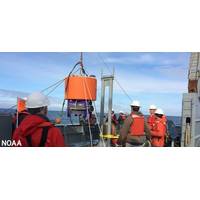
NOAA Awards $41 Million for Ocean Observing
Northeastern Regional Association of Coastal Ocean Observing Systems will continue to sustain its data buoys, which are the heart of the NERACOOS network, while increasing investment in data delivery systems and modeling efforts. (First year award: $3,442,301)•Guided by stakeholder needs, the Pacific Islands Ocean Observing System’s focus for the upcoming five years will be to sustain existing ocean observations and forecasts, support coastal resiliency and climate adaptation, and strive for a more balanced geographical coverage throughout the entire Pacific Islands region. (First year award:
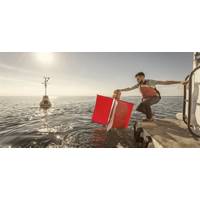
NOAA Scientists Honored for Innovative Research
, in Ann Arbor, Michigan, for leading innovative research in hydrodynamic forecasting to address many of the Great Lakes’ most pressing issues, including harmful algal blooms, extreme storm conditions, and oil spill response.Michelle Barbieri, a veterinary medical officer at NOAA’s Pacific Islands Fisheries Science Center in Honolulu, Hawaii, for advancing the field of marine mammal and sea turtle health, conservation, and emergency response.Andrew Hoell, a physical scientist at NOAA’s Earth System Research Laboratory Physical Sciences Division in Boulder, Colorado, for development
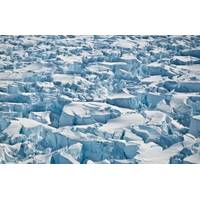
Accelerating Antarctic Thaw Speeds Sea Level Rise
An accelerating thaw of Antarctica has pushed up world sea levels by almost a centimeter since the early 1990s in a risk for coasts from Pacific islands to Florida, an international team of scientists said on Thursday.Antarctica has enough ice to raise seas by 58 meters (190 ft) if it ever all melted, dwarfing frozen stores in places from Greenland to the Himalayas and making its future the biggest uncertainty in understanding global warming and ocean levels.The frozen continent lost almost three trillion tonnes of ice between 1992 and 2017, the 84 scientists said in what they called the most complete
Ecosystem based Adaptation to Climate Change
is increasingly being considered in the context of EbA, which concentrates on ecosystem services in adapting to the adverse effects of climate change. This contrasts with the infrastructure or property emphasis of traditional climate change adaptation assessments, and is particularly pertinent to Pacific Islands where communities rely heavily on their local natural resources. By taking into account the ecosystem services on which people depend for their livelihoods as well as social and economic security, EbA integrates sustainable use of biodiversity and ecosystem services in a comprehensive adaptation
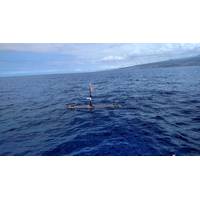
Wave Glider to Help Protect Marine Sanctuaries
New solutions to help protect and preserve the Hawaiian and American Samoa marine sanctuaries and monuments will be developed through a multi-year agreement between Liquid Robotics and NOAA’s Office of National Marine Sanctuaries (ONMS) Pacific Islands Region (PIR). At the core of the long-term environmental monitoring and surveillance of the Pacific’s most diverse and endangered underwater ecosystems will be Liquid Robotics’ Wave Glider, an autonomous surface ocean robot that will be used to help address long-term monitoring and scientific data collection gaps that are not
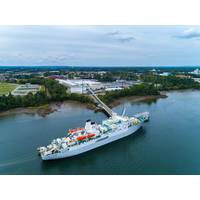
Hawaiki Transpacific Cable Set for Installation
vessels for deployment to beginning in early October. The Hawaiki submarine cable system, owned and developed Hawaiki Submarine Cable LP, will link Australia and New Zealand to the mainland United States, as well as Hawaii and American Samoa, with options to expand to additional South Pacific islands. The carrier-neutral cable system was co-developed by New Zealand-based entrepreneurs Sir Eion Edgar, Malcolm Dick and Remi Galasso as the highest cross-sectional capacity link between the U.S. and Australia and New Zealand. For Hawaiki, more than 14,000 km of cable and more than 170
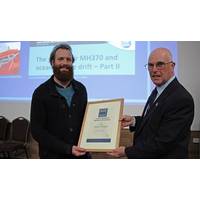
IMarEST Supports Research into Collaborative Autonomous Fleets
; The IMarEST awards a single AU$14,000 Laurie Prandolini Research Fellowship every year to a Doctoral candidate or post-Doctoral researcher in either marine engineering, marine science or marine technology. Applicants will be formally affiliated to a university in Australian, New Zealand or the Pacific Islands
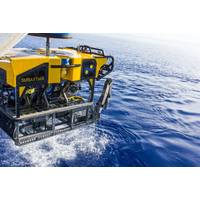
Creating Superior Buoyancy with Air
by millions. The multidisciplinary team will continue to analyze the data and samples collected during this expedition to advance research on how life thrives on these extreme deep-sea hydrothermal vents. This research was supported by the NOAA Ocean Exploration and Research Program, the NOAA Pacific Islands Regional Office and the Schmidt Ocean Institute. Conclusion Microspheres are intrinsically valuable voids because they can fortify structures to make them stronger without burdening them with extra weight. Through customization and testing of high–tech hollow glass



 February 2024
February 2024





